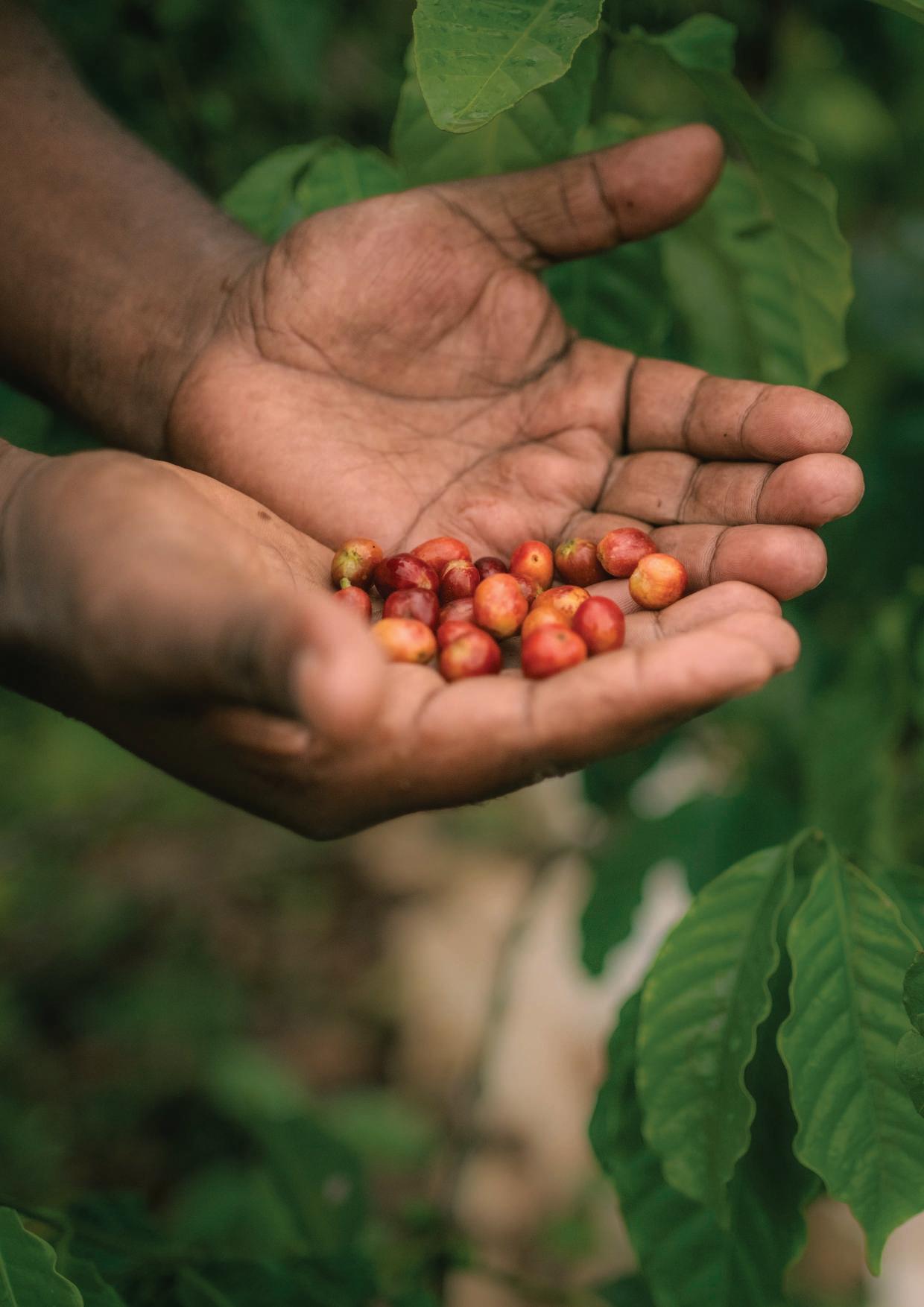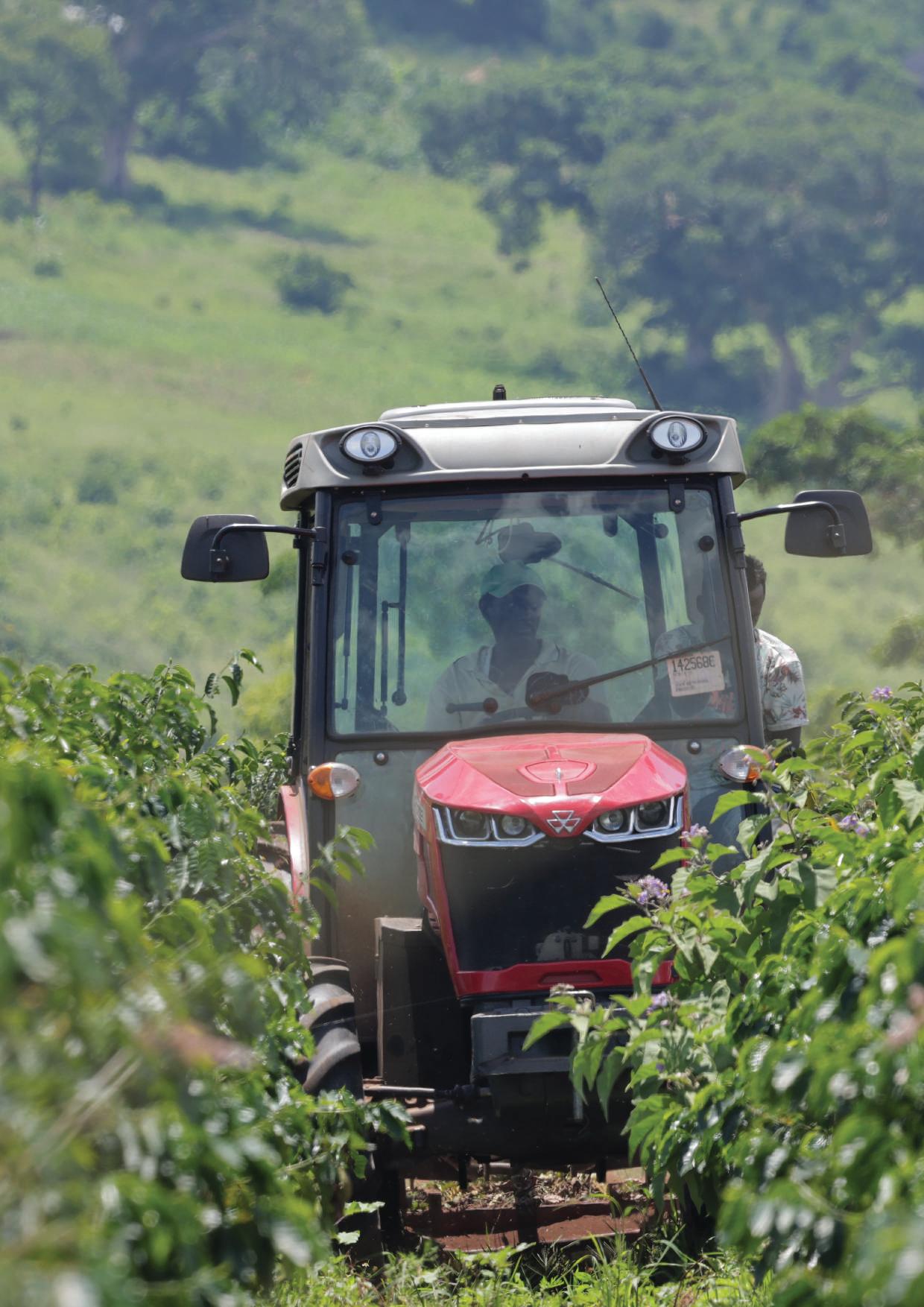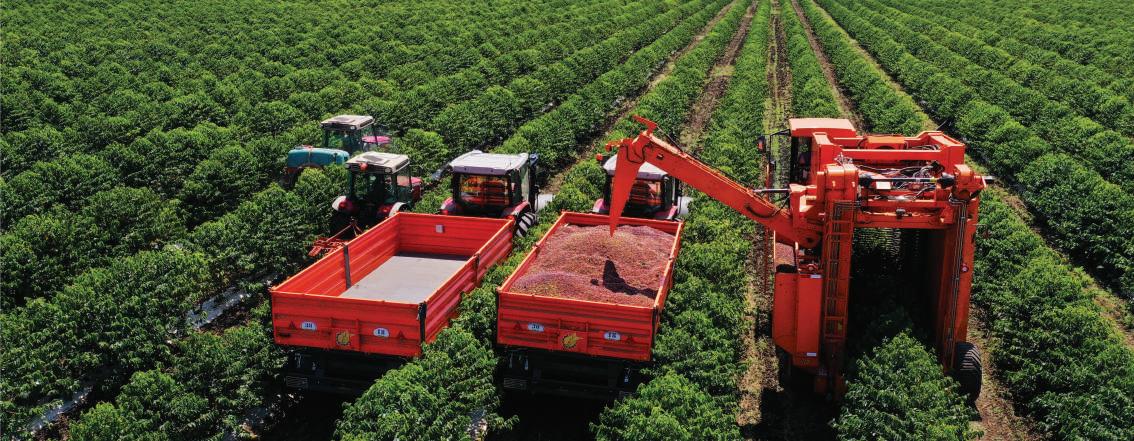
By Wagari Refu(M.A)


By Wagari Refu(M.A)
Ethiopia, located in the Horn of Africa (latitude 3° to 14.8° and longitude 33° to 48°), boasts a rich history of statehood, culture, and independence. Known for its bravery and strong national pride, Ethiopia is the only African nation that successfully resisted colonization during the European scramble for Africa. Notably, Ethiopia defeated Fascist Italy twice—in 1896 and 1941. Beyond its historical significance, Ethiopia is the land of origin for both hu- manity and Arabica coffee, renowned for its unique flavor and special taste.

Arabica coffee traces its roots to Ethiopia's southern and Oromia regions. Historical accounts suggest that coffee was transported from Ethiopia to Yemen about 1,500 years ago during the reign of King Kaleb of Ethiopia. This exchange fostered international commerce and friendships. Today, Ethiopian coffee has become a global favorite, gracing hotels, restaurants, supermarkets, and homes across Europe, Asia, Africa, and the Americas.
Ethiopia’s coffee sector supports approximately 4 million households, with over 20 million individuals involved in transporting, trading, processing, and exporting coffee. Smallholder farmers dominate the sector, owning 90% of the land, while large farms account for the remaining 10%. The Ethiopian Coffee and Tea Authority, under the Ministry of Agriculture, oversees coffee production and exports, ensuring quality and sustainability.

Arabica coffee traces its roots to Ethiopia's southern and Oromia regions. Historical accounts suggest that coffee was transported from Ethiopia to Yemen about 1,500 years ago during the reign of King Kaleb of Ethiopia. This exchange fostered international commerce and friendships. Today, Ethiopian coffee has become a global favorite, gracing hotels, restaurants, supermarkets, and homes across Europe, Asia, Africa, and the Americas.

Research on coffee—its origin, nature, and varieties—has uncovered fascinating insights. French researcher Chevalier (1947) identified 70 varieties of Arabica coffee, a number now estimated at 100. Within Ethiopia alone, there are over 10,000 Arabica varieties, with 7,000 classified as Ethiopian landrace varieties, distinguished by geography, altitude, and cupping scores. Ethiopia’s Jimma Agricultural Research Center (JARC) has developed 49 commercial varieties resistant to disease.

Ethiopia’s coffee industry has immense potential to strengthen its role in global markets. By adopting modern agricultural practices, utilizing advanced technology, and investing in skilled manpower, Ethiopia can:
• Scale up coffee productivity
• Maintain its organic authenticity
• Expand market reach
• Boost profitability
With proper policy formulation and implementation, Ethiopia’s coffee sector can achieve sustainable growth, benefiting the nation and its people.
